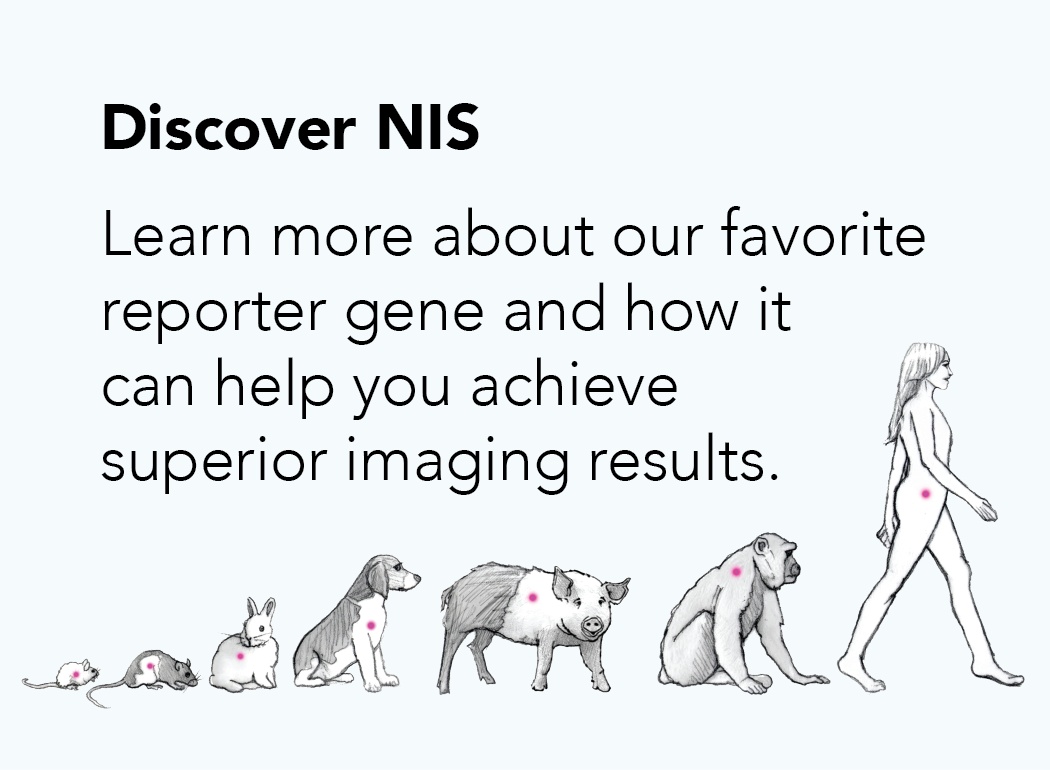Australian Researchers Say Best COVID-19 Vaccines 58% Effective at 250 Days
May 4, 2021, Imanis Life Sciences, Rochester MN
Next year, people are likely to need an annual COVID-19 vaccination just like they need an annual flu shot.
That prediction is made by researchers at six of Australia’s leading medical research institutions, based
upon their study of the levels of neutralizing antibodies needed to confer protection against COVID-19.
The detailed paper appeared in a medRxiv preprint.
As they explained, “Modeling the decay of neutralization titer over the first 250 days after immunization
predicts a significant loss in protection from SARS-CoV-2 infection will occur, although protection from
severe disease should be largely retained.” As they noted, “the estimated neutralization level to protect
individuals from severe infections is approximately six times lower than to protect them from an
infection.”
The declining neutralization titer has non-linear effects on protection from SARS-CoV-2 infection and
varies according to initial vaccine efficacy.
“For example,” they explain, “a vaccine starting with an initial efficacy of 95% would be expected to
maintain 58% efficacy by 250 days. However, a response starting with an initial efficacy of 70% would be
predicted to drop to 18% efficacy after 250 days.”
If the COVID-19 vaccination decay is similar to that of influenza vaccines, which the authors say is likely,
protective efficacy may be expected to decline approximately 7% per month. For a vaccine that began at
90% efficacy, the researchers predict it will decline to 50% efficacy – the World Health Organization’s
threshold for a vaccine to be considered effective – after 221 days. Hence, annual COVID-19 vaccinations
will be needed.
The viral variant is significant in terms of vaccine efficacy, too. For example, the researchers cite other
work that indicating that the “neutralization titer against the B.1.351 variant in vaccinated individuals is
between 7.6-fold and 9-fold lower compared to the early Victoria variant.”
So, although this year’s COVID-19 vaccination probably will protect recipients from severe disease for a
year or longer, it’s unlikely to protect them against mild symptoms during that timeframe. The reason, the
paper’s authors say, is that “lower levels of response may be required or alternative responses (such as
cellular immune responses) may play a more prominent role,” in protection against severe infections.
Neutralizing antibodies, which they assessed, are highly predictive of immune protection. They are
integral to the Regeneron and Lilly antibody cocktails that are administered after exposure to the SARS-
CoV-2 virus.
“These cocktails do not stimulate production of neutralizing antibodies – they ARE neutralizing antibodies,
and their protective effect lasts for at least a couple of months after they have been administered,”
Stephen Russell, M.D., Ph.D., CEO and co-founder of Imanis Life Sciences, told BioSpace.
Commenting on the Australian paper, he continued.
“The percentage of protection afforded by each of the vaccines could be correlated closely to the mean
antibody titer in vaccine recipients. But within each of these populations, there is a wide spread of
neutralizing antibody levels indicating that some vaccine recipients and some convalescent individuals are
much better protected than others, and that level of protection correlates to the neutralizing antibody
level. In a nutshell, low levels of antibody titers are less protective than high levels.
“The Pfizer and Moderna vaccines appear to generate the highest neutralizing antibody titers, followed by
the AstraZeneca and Johnson & Johnson vaccines, and then the SinoVac vaccine, which produces the
lowest titers,” Russell said.
For perspective, the Pfizer-BioNTech and Moderna vaccines have about 95% efficacy, according to the U.S.
Centers for Disease Control and Prevention (CDC). The Johnson and Johnson vaccine has about 63%
effectiveness, the CDC reports, perhaps reflecting the effects of variants that were discovered while it was
being tested. Convalescent patients are believed to have 89% protection.
Neutralizing antibodies declined at similar rates for vaccinated and convalescent individuals during the
first three to four months after vaccination or recovery, according to the Australian study.
“Whichever vaccine a person receives, it is important to remember that their titer count can be accurately
measured using a neutralization assay such as (Imanis Life Sciences’) IMMUNO-COV. This titer, or ‘score,’
can then better inform the patient on their level of protection from COVID-19,” he said.
Russel said the assay his company makes would be appropriate as a “quantitative measure of protection
in vaccinated or convalescent individuals who need to know how protected they are ahead of travel,
family gatherings, and other high-risk social events, and to determine when it is time for a booster shot.”
“Neutralizing antibody titers are not static over time; they fall. In fact, they fall quite rapidly in vaccinated
subjects,” Russell pointed out. “Taking into account the fact that peak antibody titers are highly variable
between vaccinated individuals and that they fall at a variable rate, it is quite possible that a fully
protected vaccine recipient could remain protected for more than a year, or could lose protection in as
little time as three months.
“The appropriate timing of booster shots is, therefore, very difficult to determine without specific
information about the peak neutralizing antibody titer and its rate of fall in a given individual,” he said.
The type of vaccine may play a factor, too.
“The common childhood vaccines such as measles, mumps, and rubella typically result in lifelong
immunity, but they use live replicating viruses that may persist much longer than mRNA vaccines and are,
therefore, able to drive a better, more lasting immune response,” Russel said.
Results from the study in Australia are consistent with other studies of influenza and seasonal coronavirus
infections, the authors pointed out.
Reinfection (in both) is possible a year after initial infection, although usually resulting in mild infections,”
they said.
Published May 4, 2021:
vaccines-58-percent-effective-at-250-days/
Page
3
|
3
Neutralizing antibodies, which they assessed, are highly predictive of immune protection. They are
integral to the Regeneron and Lilly antibody cocktails that are administered after exposure to the SARS-
CoV-2 virus.
“These cocktails do not stimulate production of neutralizing antibodies – they ARE neutralizing antibodies,
and their protective effect lasts for at least a couple of months after they have been administered,”
Stephen Russell, M.D., Ph.D., CEO and co-founder of Imanis Life Sciences, told BioSpace.
Commenting on the Australian paper, he continued.
“The percentage of protection afforded by each of the vaccines could be correlated closely to the mean
antibody titer in vaccine recipients. But within each of these populations, there is a wide spread of
neutralizing antibody levels indicating that some vaccine recipients and some convalescent individuals are
much better protected than others, and that level of protection correlates to the neutralizing antibody
level. In a nutshell, low levels of antibody titers are less protective than high levels.
“The Pfizer and Moderna vaccines appear to generate the highest neutralizing antibody titers, followed by
the AstraZeneca and Johnson & Johnson vaccines, and then the SinoVac vaccine, which produces the
lowest titers,” Russell said.
For perspective, the Pfizer-BioNTech and Moderna vaccines have about 95% efficacy, according to the U.S.
Centers for Disease Control and Prevention (CDC). The Johnson and Johnson vaccine has about 63%
effectiveness, the CDC reports, perhaps reflecting the effects of variants that were discovered while it was
being tested. Convalescent patients are believed to have 89% protection.
Neutralizing antibodies declined at similar rates for vaccinated and convalescent individuals during the
first three to four months after vaccination or recovery, according to the Australian study.
“Whichever vaccine a person receives, it is important to remember that their titer count can be accurately
measured using a neutralization assay such as (Imanis Life Sciences’) IMMUNO-COV. This titer, or ‘score,’
can then better inform the patient on their level of protection from COVID-19,” he said.
Russel said the assay his company makes would be appropriate as a “quantitative measure of protection
in vaccinated or convalescent individuals who need to know how protected they are ahead of travel,
family gatherings, and other high-risk social events, and to determine when it is time for a booster shot.”
“Neutralizing antibody titers are not static over time; they fall. In fact, they fall quite rapidly in vaccinated
subjects,” Russell pointed out. “Taking into account the fact that peak antibody titers are highly variable
between vaccinated individuals and that they fall at a variable rate, it is quite possible that a fully
protected vaccine recipient could remain protected for more than a year, or could lose protection in as
little time as three months.
“The appropriate timing of booster shots is, therefore, very difficult to determine without specific
information about the peak neutralizing antibody titer and its rate of fall in a given individual,” he said.
The type of vaccine may play a factor, too.
“The common childhood vaccines such as measles, mumps, and rubella typically result in lifelong
immunity, but they use live replicating viruses that may persist much longer than mRNA vaccines and are,
therefore, able to drive a better, more lasting immune response,” Russel said.
Results from the study in Australia are consistent with other studies of influenza and seasonal coronavirus
infections, the authors pointed out.
Reinfection (in both) is possible a year after initial infection, although usually resulting in mild infections,”
they said.
Published May 4, 2021:
vaccines-58-percent-effective-at-250-days/
Page
3
|
3

